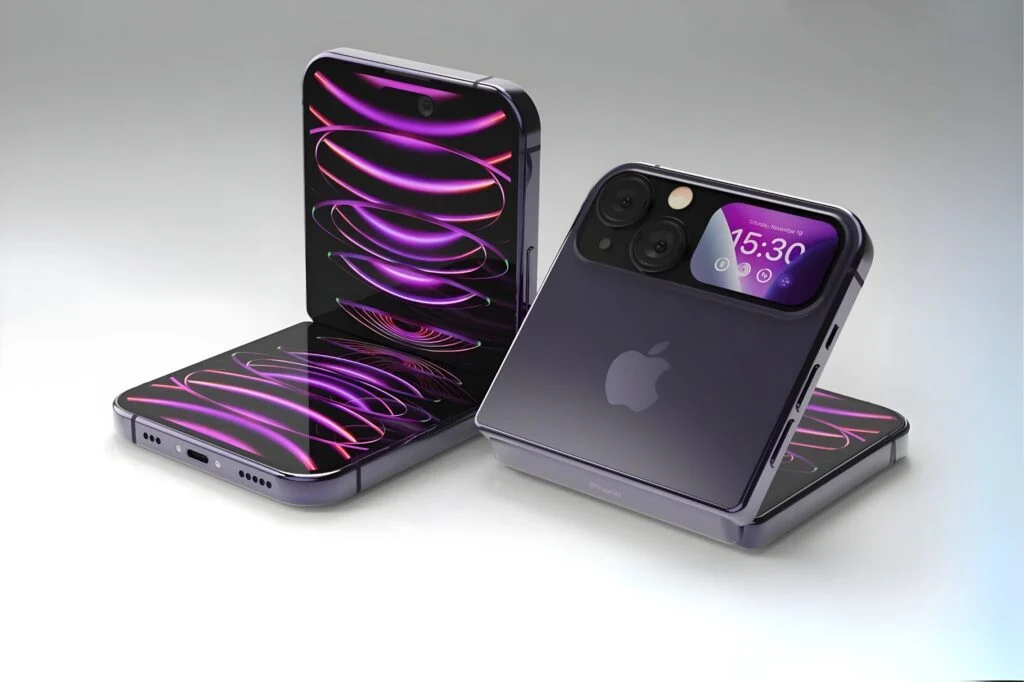While Apple would certainly have liked to keep the device a secret, its new virtual reality headset has leaked to the press. We learn that the product could cost around $1,500, orbetween 1,600 and 2,000 euroswith us, most likely. With the release date being 2025, although here too we may have to wait even longer for the item to be available in Europe, with first of all a launch in the United States.
In addition, our source of the day, a videographer publishing his clues on YouTube, ensures that screensmini-LEDwould be on the menu. For comparison, you should know that today it is OLED panels which equipthe Apple Vision Pro. The advantage of these two technologies is their ability to offer greater contrasts, and therefore deeper blacks. In other words, an ideal asset to represent reality as faithfully as possible. This is the very objective of VR.
A new processor under the hood
According toMatt Talks Tech, it also seems that it is the A18 Pro chip which would equip the new mixed reality headset, perhaps called “Apple Vision Air“. Of course the name remains subject to caution, more than ever especially when we know that that of the Vision Pro will never have been confirmed with confidence with its release. The presence of an iPhone processor also remains a mere hypothesis for the moment, and is particularly intriguing. Indeed, today, we know that Apple Vision Pros are still equipped with two motherboards; the R1 for augmented reality and the M2. Or particularly powerful components. And even if most rumors agree that Apple's next mount would indeed be less fast, we can confine ourselves to a simple chip for mobiles, all the same...
The nomenclature, despite everything, makes sense, since today it is the A17 Pro chip which equipsthe iPhone 15 Pro and the iPhone 15 Pro Max. This is accompanied by a sixteen-core Neural Engine, and it is assumed that the A18 Pro would be assembled by TSMC to equip future generations of premium smartphones from Apple. The iPhone 16 Pro and iPhone 16 Pro Max could be presented next September. The neural engine would be particularly efficient in controlling the functionalities of Apple Intelligence, but even in these conditions, it is difficult to imagine that this would be sufficient to runvisionOS. The operating system is particularly demanding, and for example also relies on sixteen gigabytes of RAM with the Apple Vision Pro.
Democratization objective
With its future Apple Vision Air, Tim Cook's company would therefore like to offer us a more affordable headset, but with atechnical sheet revised downwards. This is also consistent with the estimates of a number of specialist analysts, such as the famous Taiwanese researcher Ming-Chi Kuo. According to him, the manufacturer would take advantage of this to make visionOS more accessible, whereas today you have to pay several thousand euros to access it.
At the same time, it has been assumed, for several months now, that Apple's next mixed reality headset would, as a bonus, be more comfortable. And it is true that today, the Apple Vision Pro is strongly criticized for its format, which is ultimately not compact enough for many. Too heavy, they are also not the most pleasant to wear over time. But this is still the case for most competing devices, even today.
As a reminder, the Apple Vision Pro will be launched next month in mainland France, with a price of around four thousand euros.
- The “Apple Vision Air” mixed reality headset would arrive in 2025
- This is reportedly a more affordable device than the Apple Vision Pro, with a price tag of $1,500
- The device would also be more comfortable, but much less powerful

i-nfo.fr - Official iPhon.fr app
By : Keleops AG






